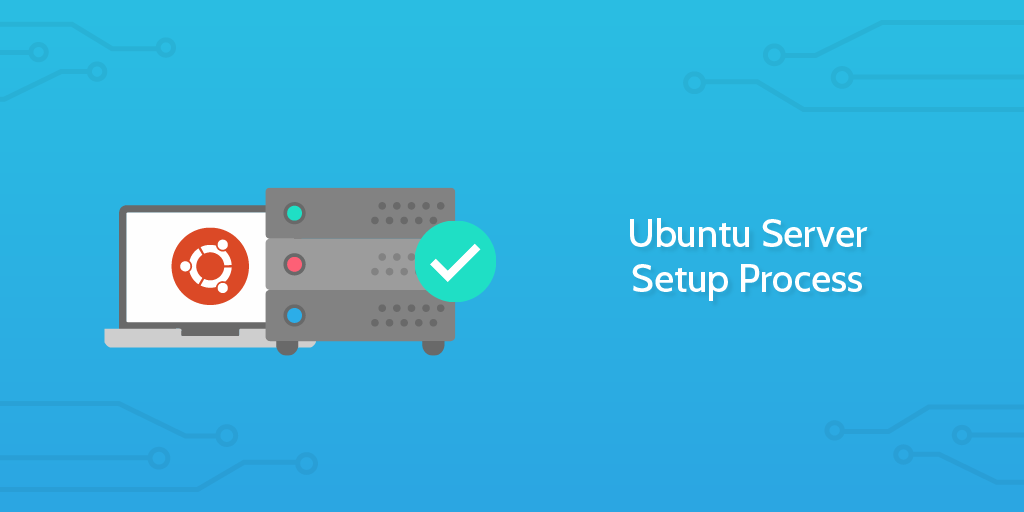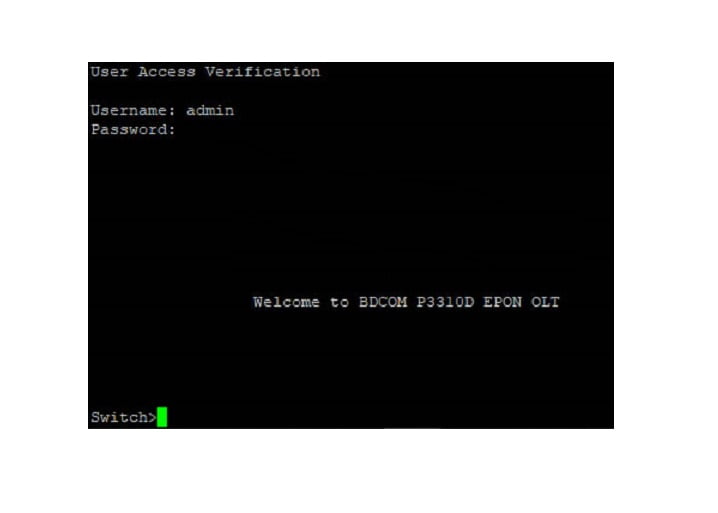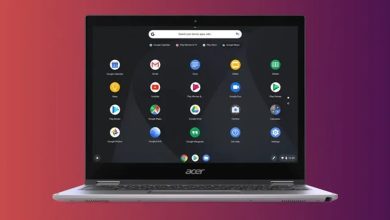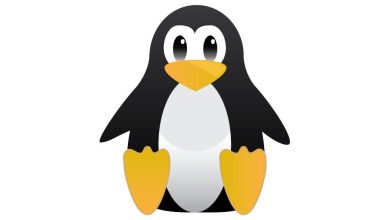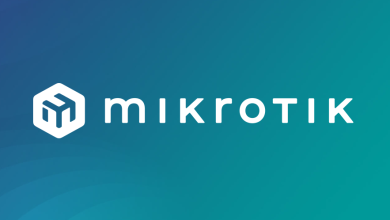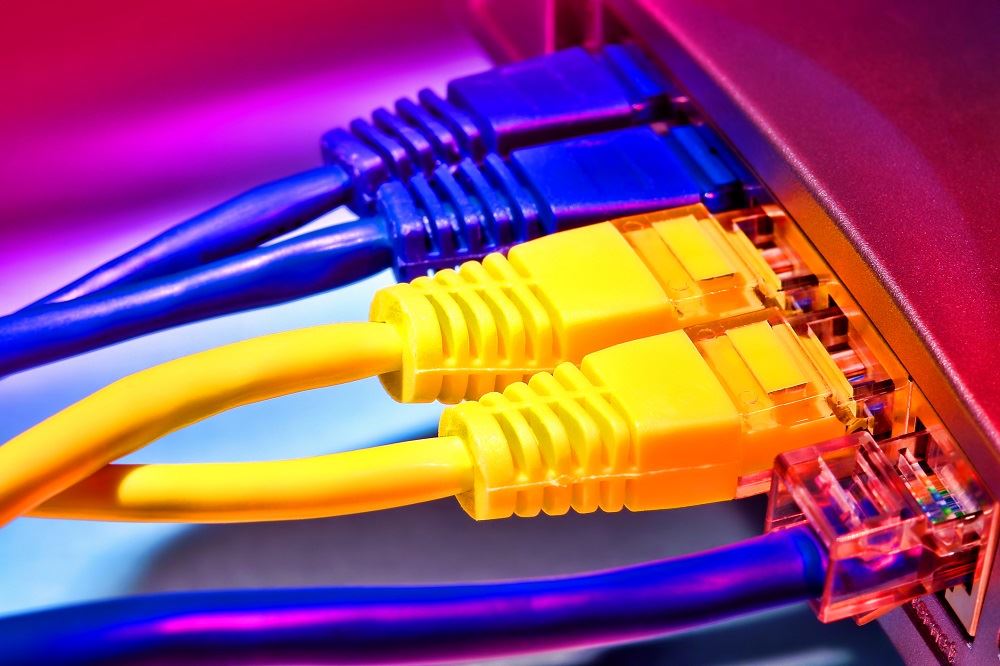
Internet Protocol (IP)
Internet Protocol is a set of rules or standards
or allow for contact, communication, and transfer
data between two or more computer points.
Internet Protocol Tasks
• Perform physical connection detection.
• Doing the “handshake” method (handshaking).
• Negotiations various kinds of relationship characteristics.
• Starting and ending a message/session.
• How the message format is used.
• What to do if there is a delivery error?.
• Calculating and determining delivery routes.
• Ends a connection.
Protocol
• Protocol determines the procedure for sending data.
• Frequently used protocols:
# Transmission Control Protocol (TCP)
# User Datagram Protocol (UDP) > DNS
# Internet Control Message Protocol (ICMP) > ping traceroute
# Hypertext Transfer Protocol (HTTP) > web
# Post Office Protocol (POP3) > email
# File Transfer Protocol (FTP)
# Internet Message Access Protocol (IMAP) > email
# dll
Port
• Port is an application-specific or software process specific to the computer/host running the service for network communications.
• The total number of Host ports is 65535, with classification numbering as follows:
# From 0 to 1023 (well-known ports)
# From 1024 to 49151 (registered port)
# From 49152 to 65535 (unregistered / dynamic, private or ephemeral ports)
Commonly Used Ports
| Port No | Protocol | Service | Remark |
| 21 | TCP | FTP | File Transfer Protocol |
| 23 | TCP | Telnet | Remote access |
| 25 | TCP | SMTP | Simple Mail Transfer Protocol |
| 53 | UDP | DNS | Domain Name Server |
| 80 | TCP | HTTP | Hypertext Transfer Protocol |
| 110 | TCP | POP3 | Post Office Protocol v3 |
| 123 | UDP | NTP | Network Time Protocol |
| 137 | TCP | NetBIOS-ns | NetBIOS – Name Service |
| 161 | UDP | SNMP | Simple Network Monitoring Protocol |
| 3128 | TCP | HTTP – Proxy | Web-Cache (default by Squid) |
| 8080 | TCP | HTTP – Proxy | Web-Cache (customized) |
MAC Address
• MAC Address (Media Access Control Address) is an address network at the data-link layer (layer 2) in OSI 7 Layer Model.
• In a computer, the MAC address is assigned to a network card (network interface card / NIC).
• MAC address is a unique address that has 48-bit length.
• MAC consists of 12 hexadecimal digit numbers (0 to F), 6 the first digit represents the card making vendor network.
• Sample MAC Address: 02-00-4C-4F-05-50.
IP Address
• IP (Internet Protocol) is found in the Network Layer (layer 3) OSI.
• IP address is used for addressing a PC / host logically
• There are 2 types of IP Address
IPv4
# 32 bit addressing
# The maximum number of hosts is 4,294,967,296
• IPv4 is expressed in dotted, divisible decimal notation into 4 8-bit octets.
• Since each octet is 8-bit in size, values range between 0 to 255 (20 to 27 )
• IPv4 addressing rules, eg IP 192.148.41.1
> 11000000.10010100.00101111.00000001
> 1×27 + 0x26 + 0x25 + 1×24 + 0x23 + 1×22 + 0x21 + 0x20
> 1×128 + 0x64 + 0x32 + 1×16 + 0x8 + 1 x4 + 0x2 + 0x1
> 128 + 0 + 0 + 16 + 0 + 4 + 0 + 0 =
> 192.148.41.1
IPv6
# 128 bit addressing
# Max number of hosts is 340,282,366,920,938,463,374,607,431,768,211,456


